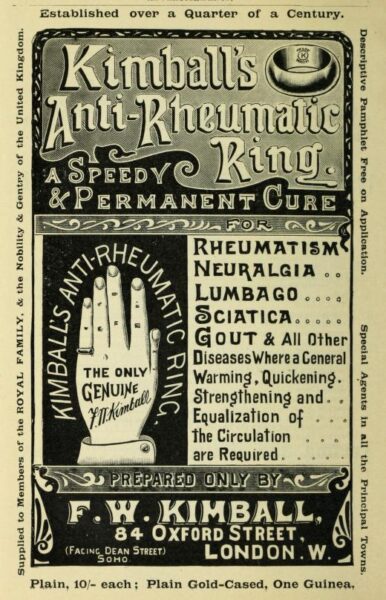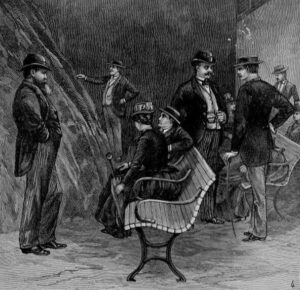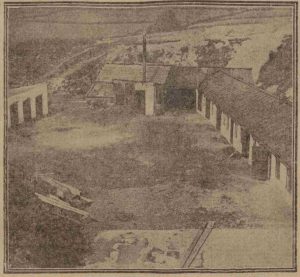 Source: The Medical Directory for Scotland, 1853 (click to enlarge ad or see transcript below.)
Source: The Medical Directory for Scotland, 1853 (click to enlarge ad or see transcript below.)
This product was reviewed by The London Lancet, (vol.1 1851) which heartily endorsed it as a way of creating rapid and healthy circulation of the blood on the surface after bathing. “Rubber” here means something to be used for rubbing, rather than india-rubber. I’m not sure why it was electric – perhaps the rubbing action built up static, allowing you to experiment with sticking yourself to the ceiling, or maybe the proprietor was just trying to jump on the bandwagon for up-to-the-minute electric products.
The Rubber was composed of tightly twisted alternate bands of wool and flax, and… oh, I can’t think of any way of making it sound exciting. It was a towel. That’s all. Sorry.
.
HEALTHY SKIN
———————-
The Valuable properties of the
ELECTRIC RUBBER FOR THE SKIN
Are still but little known. It has received the valuable testimony of many of the first Members of the Medical Profession, and also private Gentlemen. The utility of a daily application, particularly after the cold bath, or sponging, both in restoring the heat of the blood and skin, without in any way injuring the skin, will be self-evident upon the making one trial of the Electric Rubber, manufactured solely for
LUDLAM’S
———————–
159 & 160 OXFORD STREET



One thought on “Ludlam's Electric Rubber”
Comments are closed.